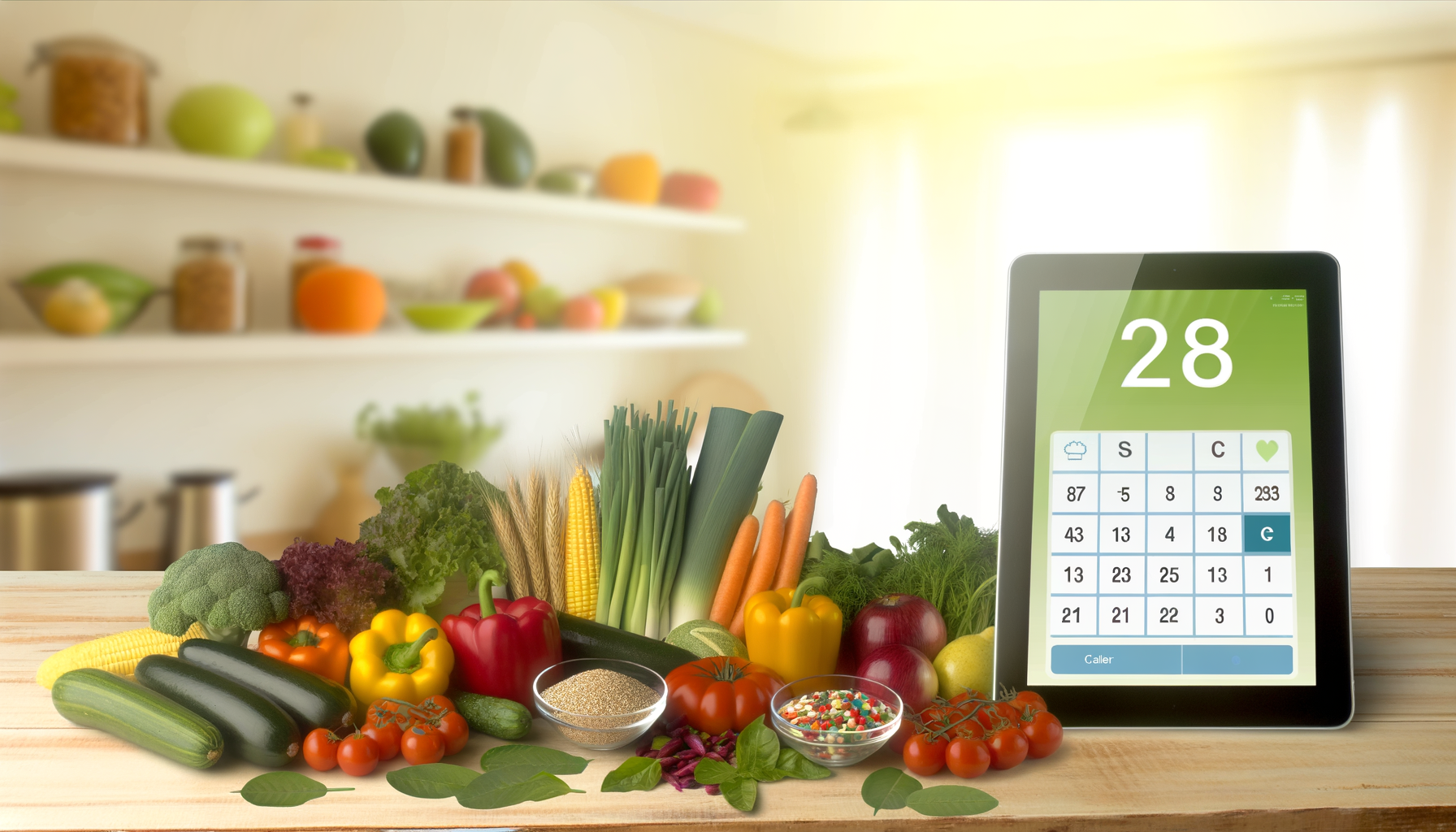The Crucial Role of Nutrition in Cancer Treatment
When it comes to managing cancer, nutrition plays a vital role in supporting the body’s overall health and enhancing treatment outcomes. A well-planned diet can help mitigate the side effects of cancer treatment, ensure the body receives the necessary nutrients, and maintain strength and energy levels. Here’s how you can use the Calorie Calculator Cloud to design therapeutic meal plans for cancer patients.
Understanding Cancer Nutrition
Cancer treatment often comes with a range of side effects, including loss of appetite, changes in taste, and digestive issues. A personalized diet plan can help address these challenges. Here are some key points to consider:
- Loss of Appetite: Cancer patients often experience a decrease in appetite due to the treatment. High-calorie, high-protein foods like chicken breast, quinoa, and Greek yogurt can be particularly beneficial.
- Changes in Taste: Chemotherapy can alter taste sensations, making certain foods unpalatable. Incorporating a variety of flavors and textures can help make meals more appealing.
- Digestive Issues: Foods that are easy to digest, such as cooked broccoli and bananas, can help manage digestive problems.
Creating a Therapeutic Meal Plan with Calorie Calculator Cloud
Using the Calorie Calculator Cloud, you can create personalized and effective meal plans for cancer patients. Here are the practical steps to follow:
Step 1: Gather Client Data
Use the calculator to gather client data such as age, height, weight, and activity level. This information is crucial for generating personalized calorie and macronutrient calculations.
Step 2: Generate Personalized Calculations
Input the client data into the calculator to generate personalized calorie and macronutrient calculations. This will provide a baseline for creating a tailored meal plan. For example, a patient might need 25 to 35 calories per kilogram of body weight, and 45 to 60 grams of protein per day.
Step 3: Formulate Nutritional Content
Based on the calculations, formulate the nutritional content of the meal plan. This includes determining the appropriate amounts of proteins, carbohydrates, fats, and other essential nutrients. Consider incorporating cancer-fighting foods and beneficial food combinations. For instance, cruciferous vegetables like broccoli, cabbage, and kale contain powerful phytochemicals that have been studied for their anti-cancer properties.
Step 4: Test and Refine
Use the nutritional diary and tracking features to monitor client intake and adjust the meal plan formulation as needed. This continuous monitoring ensures that the meal plan remains effective and aligned with the patient’s changing needs. Tools like cancer nutrition apps can also be integrated to track and monitor daily nutritional intake.
Step 5: Market and Support
Utilize the marketing integrations of the Calorie Calculator Cloud to promote the customized meal plans and engage with clients effectively. Integrations with platforms like ConvertKit, HubSpot, and Mailchimp can help in sharing calorie calculations and receiving personalized nutrition and fitness suggestions.
Real-World Examples and Case Studies
Several health professionals have successfully used the Calorie Calculator Cloud to develop and customize meal plans for cancer patients. Here’s an example:
- A dietitian uses the calculator to create a meal plan for a patient undergoing chemotherapy. The plan includes high-calorie, high-protein foods like chicken breast, quinoa, and Greek yogurt, along with easy-to-digest fruits and vegetables like bananas and cooked broccoli. The patient uses the nutritional diary to log their meals and snacks, ensuring they meet their daily nutritional goals. Adjustments are made based on the patient’s feedback and progress.
Additional Resources for Cancer Nutrition
In addition to using the Calorie Calculator Cloud, there are several other resources that can be beneficial for designing therapeutic meal plans:
- Cancer Nutrition Apps: Apps like Cancer.Net and MyFitnessPal offer personalized diet planning, tracking, and monitoring capabilities, providing expert advice and tailored plans for individuals with cancer.
- Cookbooks and Recipes: Utilize cookbooks that focus on cancer-fighting foods, such as “The Cancer Fighting Kitchen” by Rebecca Katz, for recipe ideas and cooking tips.
- Seasonal Food Guides: Resources like Eat The Seasons and Sustainable Table’s Seasonal Food Guide can help in choosing fruits and vegetables that are in season, ensuring maximum nutritional benefit.
Tracking and Monitoring Nutrition
Tracking and monitoring daily nutritional intake is crucial for maintaining a healthy diet during cancer treatment. Here’s how you can do it effectively:
- Log Meals and Snacks: Use the nutritional diary feature of the Calorie Calculator Cloud or apps like MyFitnessPal to log meals and snacks. This helps in ensuring that the patient meets their daily nutritional goals.
- Track Calories and Macronutrients: Monitor the intake of essential nutrients, calories, and macronutrients. This can be done using the calorie counter tools provided by organizations like the American Cancer Society.
- Set Personal Goals: Set and track personal goals such as weight management, energy levels, and physical activity. This information can be used to make necessary adjustments to the meal plan.
Conclusion and Next Steps
Designing therapeutic meal plans for cancer patients requires a comprehensive approach that takes into account individual nutritional needs and the specific challenges of cancer treatment. The Calorie Calculator Cloud is a valuable tool that can help health professionals create personalized and effective meal plans.
If you are interested in leveraging the Calorie Calculator Cloud for your clients, consider starting a 7-day free trial to experience the full range of its features and benefits. By integrating this tool into your practice, you can enhance client engagement, improve nutritional advice, and contribute to better health outcomes for cancer patients.
For more information on how to use the Calorie Calculator Cloud and to explore its various features, visit the Calorie Calculator Cloud homepage. Additionally, consider consulting with oncology certified registered dietitians at institutions like the Stanford Cancer Center for further guidance and support.








